Introduction: The Struggle for Acceptance
Omar, a gifted ballet dancer hailing from Egypt, epitomizes the challenges and triumphs faced by male dancers in a predominantly conservative society. In a culture where traditional masculine roles are heavily emphasized, Omar’s passion for ballet often places him at odds with societal norms. Ballet, traditionally seen as a feminine art form in many cultures, poses a significant challenge for male practitioners like him, requiring not only exceptional talent but immense courage to pursue a dream that many in his community struggle to accept.
Growing up in Cairo, Omar was drawn to ballet at an early age, captivated by the art’s grace, discipline, and expressive potential. However, as he began to showcase his talent, he quickly encountered cultural stigmas associated with male ballet dancing. Peers often ridiculed him, labeling his interest as effeminate, an epithet that reflects deep-seated misconceptions about gender roles within the arts. This societal scrutiny extends beyond mere words; it permeates the very fabric of how male dancers are perceived and their opportunities for progression within the discipline.
Despite these obstacles, Omar remained steadfast in his ambition, dedicating countless hours to perfecting his craft. His journey is not merely a personal struggle but also a reflection of the broader societal attitudes towards ballet and masculinity in Egypt. Many male dancers face similar dilemmas, battling not just for artistic expression, but for recognition and acceptance within a framework that often dismisses their talents based on outdated stereotypes. Omar’s story thus becomes a beacon of hope, illustrating the potential for growth and change in a society striving to redefine traditional concepts of masculinity and artistic pursuit.
Cultural Context: Ballet and Masculinity in Egypt
The intersection of ballet and masculinity in Egypt presents a complex cultural landscape shaped by historical precedents and contemporary societal expectations. Ballet, perceived by many in Egypt as a predominantly feminine art form, faces considerable scrutiny within a cultural milieu that often endorses rigid gender roles. Historically, dance in Egyptian culture has been celebrated but distinctly defined along gender lines, with traditional folk dance often relegated to women, while men were typically associated with martial and athletic displays.
This cultural dichotomy creates an intricate backdrop for male ballet dancers, such as Omar, who seek to redefine their identities through this art form. While ballet originated in Western countries, its adoption in the Arab world has been met with resistance and fascination. The Egyptian ballet scene, which began to blossom in the mid-20th century, introduced a modern artistic expression that was at odds with prevailing notions of masculinity. The societal perception of ballet as an elegant and graceful discipline often contrasts sharply with traditional masculine qualities such as strength and robustness.
In Egypt, societal expectations dictate a rigid delineation between male and female roles, influencing how art forms are embraced or derided. Male dancers frequently confront the stigma of not adhering to conventional masculinity, facing judgments that label them as less masculine when engaging in ballet. This tension between personal passion and societal pressure can create significant challenges for men pursuing ballet professionally. The narrative surrounding masculinity is evolving, albeit slowly, as some progressive voices advocate for a broader acceptance of diverse forms of expression. However, the struggle remains significant and deeply rooted in the cultural context that surrounds ballet in Egypt, influencing not only the public perception of male dancers but also their personal experiences and journeys within the art world.
An Unexpected Encounter: Meeting Anya
Omar’s journey took a transformative turn one fateful afternoon when he encountered Anya, a contemporary choreographer visiting Egypt from the UK. The air was thick with anticipation as Omar entered the rehearsal space, a stark contrast to the cultural norms that had dictated his experiences as a male ballet dancer. Anya’s presence was immediately striking; her vibrant energy and forward-thinking approach to dance seemed to challenge the very essence of traditional boundaries.
As they began to engage in conversation, it became clear that Anya possessed a progressive outlook on the art of dance. She emphasized the importance of individuality and self-expression, advocating for the dismantling of gender norms that often confine dancers to rigid roles. For Omar, these ideas were refreshing yet daunting. Living in a society where traditional masculinity often overshadowed the world’s view of male ballet, he found Anya’s perspective both liberating and intimidating.
During their initial interactions, Anya encouraged Omar to explore the emotional depth of his movements, urging him to break free from the preconceived notions of masculinity that had previously held him back. She spoke passionately about how dance transcends gender, insisting that it is a universal language of expression. This idea resonated with Omar, igniting an internal dialogue about his own choices and aspirations within the realm of ballet.
Ultimately, the meeting between Omar and Anya sparked a profound shift in his thinking. Her views served as a catalyst for Omar, propelling him toward embracing his identity as a male dancer. This pivotal encounter was not merely a meeting of two individuals from different cultural backgrounds; it was the beginning of Omar’s journey toward self-acceptance, one that would challenge societal norms and redefine his relationship with dance.
Embracing Individuality: Omar’s Transformation
Omar’s journey as a male ballet dancer in Egypt is marked by a profound internal struggle as he grapples with his identity. Growing up in a society where traditional gender roles are rigidly defined, he often felt pressured to conform. The stigma surrounding male dancers was a constant challenge, stirring feelings of insecurity and uncertainty about his passion for ballet. Yet, this transformative period in his life also became a catalyst for personal growth as he began to embrace his individuality.
A significant turning point in Omar’s journey came with the support of his mentor, Anya. Recognizing his potential, she encouraged him to engage with the art form on a deeper level, emphasizing the importance of self-acceptance. Anya’s belief in Omar’s abilities provided a foundation upon which he could build confidence. She not only introduced him to the techniques and nuances of ballet but also instilled in him the understanding that his passion was valid, regardless of societal opinions. Her unwavering support was vital in helping Omar see ballet not just as a dance but as an expression of his true self.
Through rigorous practice and unwavering determination, Omar gradually developed a sense of belonging within the dance community. He learned to channel his passion into his performances, allowing his individuality to shine. Each practice session became an opportunity for self-exploration, where he began to foster a sense of pride in his identity as a male ballet dancer. Omar’s transformation symbolizes a break from conventional norms, demonstrating that artistry knows no gender. This newfound confidence not only enhanced his abilities as a dancer but also empowered him to inspire others facing similar challenges, proving that embracing one’s true self is a powerful act of resilience.
Collaboration: The Fusion of Styles
Omar’s collaboration with Anya represents a significant convergence of two distinct dance styles, bridging the gap between traditional ballet and contemporary dance. This partnership has led to the creation of a performance that is not only visually captivating but also deeply meaningful, reflecting the nuances of their respective backgrounds and training. Throughout the collaboration, Omar and Anya have engaged in an open dialogue, sharing their experiences and techniques, which has allowed them to explore the boundaries of their art form.
As they worked together, Omar brought a classical foundation shaped by his rigorous ballet training, characterized by its precision, grace, and formality. Anya, on the other hand, introduced elements of fluidity and improvisation from contemporary dance, emphasizing personal expression and emotional connection. This collaboration has encouraged experimentation, enabling both dancers to step outside their comfort zones and integrate elements from each other’s styles. The result is a unique performance that harmoniously blends the elegance of ballet with the dynamic, sometimes unpredictable nature of contemporary dance.
The duo’s artistic exchange serves as a metaphor for broader cultural interactions. Just as their dance styles merged to create something innovative and beautiful, their collaboration symbolizes the potential for cultural acceptance and understanding. By embracing their differences and finding common ground, Omar and Anya have created a piece that resonates far beyond the confines of a traditional stage. It serves as a powerful reminder of the importance of collaboration in art, encouraging audiences to appreciate the diverse influences that shape our creative expressions. Through their partnership, they have not only broken barriers in the realm of dance but also fostered a deeper appreciation for the rich tapestry of cultural narratives that inform their work.
The Performance: Celebrating Diversity in Dance
Omar and Anya’s performance exemplifies the beauty of diversity within the realm of dance, a medium that transcends cultural barriers and fosters inclusion. The choreography integrates various dance styles, merging traditional ballet techniques with elements of contemporary and folk dance, which not only reflects their individual backgrounds but also celebrates the richness of cultural expression. This fusion of styles invites the audience to experience a narrative that resonates with a wide array of cultural identities and experiences.
Thematically, the performance explores the complexities of identity, belonging, and the challenges faced by marginalized communities. With each movement, Omar and Anya convey a profound story that encompasses their journeys as dancers in Egypt, highlighting the triumphs and struggles that accompany their passion for dance. The emotive quality of their performance reaches deep into the hearts of the audience, prompting viewers to reflect on the significance of acceptance and representation in the arts.
The reception from the audience has been overwhelmingly positive, shown through prolonged applause and emotional reactions during the performance. Spectators have noted how the seamless collaboration between Omar and Anya has broadened their understanding of dance as an inclusive art form. This engagement reflects a growing appreciation for performances that challenge conventional norms and advocate for diversity. By creating a space where various dance narratives can coexist, Omar and Anya’s performance serves as a testament to the transformative power of art. Their commitment to celebrating diversity not only enhances the performance’s emotional impact but also encourages larger conversations about acceptance and the importance of diverse representation in the dance community.
Challenges Faced: Reactions from Society
Omar’s journey as a male ballet dancer in Egypt has been intertwined with a complex tapestry of societal reactions. The ballet community, particularly in conservative societies, often encounters the dichotomy of traditional views and modern acceptance. In Omar’s case, his passion for ballet has ignited a spectrum of responses ranging from criticism to support, highlighting the ongoing struggle for gender inclusivity in artistic expression.
On one hand, traditionalists argue that ballet, often considered a feminine art form, goes against cultural norms and expectations. These individuals perceive male dancers as challenging traditional masculinity and often express their discontent through vocal disapproval. The backlash they face is not limited to mere societal scorn; it extends to online harassment and derogatory comments which can undermine their efforts and discourage aspiring dancers. This reaction reflects a broader cultural hesitance to embrace diverse representations within the performing arts.
Conversely, Omar and his partner Anya receive substantial support from progressive segments of society. This support stems from a growing acknowledgment of diversity, acceptance, and the importance of self-expression in art. Advocacy groups and individual supporters aim to promote a more inclusive perspective, where ballet is recognized as a space for all, regardless of gender. This progressive movement fosters conversations around the importance of breaking gender stereotypes, thereby empowering individuals like Omar to pursue their passions unabated by societal restrictions.
In summary, the reactions to Omar’s performance embody a larger cultural dialogue about gender roles and artistic expression within Egypt. While backlash from traditionalists is a significant challenge, the support from progressive advocates highlights an emerging shift towards acceptance and diversity in the dance community. This ongoing struggle not only shapes Omar’s career but also serves as a catalyst for broader societal change in perceptions of gender in the arts.
Reflection: Lessons on Self-Acceptance
Omar’s journey as a male ballet dancer in Egypt is a profound testament to the significance of self-acceptance. Throughout his experiences, he navigates the complexities of societal constraints and personal aspirations, ultimately discovering the importance of embracing one’s identity. In a culture where traditional gender roles dominate, Omar stands as a beacon of resilience, demonstrating that passion can often transcend societal expectations.
One of the most impactful lessons that emerges from Omar’s narrative is the acceptance of one’s individuality. For him, participating in ballet was not merely an artistic pursuit but rather a pathway to understanding and embracing his authentic self. This journey highlights that the process of self-acceptance is not instantaneous; it requires time, reflection, and sometimes, difficult conversations with oneself and others. Omar’s narrative encourages individuals to explore their identities, separate from peer pressure or cultural norms.
Furthermore, the bond shared with Anya, a fellow dancer who supports Omar throughout his journey, emphasizes the value of community in the pursuit of self-acceptance. Their relationship illustrates that having allies who encourage personal expression can significantly enhance one’s confidence and determination. Such connections can serve as powerful motivators in overcoming challenges that societal pressure may impose, fostering a sense of belonging that is essential for personal growth.
Omar’s journey is not just about ballet; it’s about an unwavering commitment to one’s passion despite the barriers faced. It showcases resilience as a fundamental attribute that empowers individuals to pursue their dreams even in the face of adversity. By following his passion and embracing who he is, Omar inspires others grappling with similar challenges to do the same, emphasizing that the pursuit of happiness is a worthwhile endeavor, regardless of societal constraints.
Conclusion: A New Dawn for Dance in Egypt
Omar’s journey as a male ballet dancer in Egypt is emblematic of a larger narrative concerning the evolving landscape of performing arts in the region. His dedication, passion, and willingness to confront societal norms are testaments to the resilience of individuals striving for self-expression and acceptance in a traditional framework. While the cultural stigma surrounding male ballet dancers remains pervasive, Omar’s story symbolizes not just personal triumph but also a movement towards broader acceptance of diverse artistic expressions.
In navigating the landscape of ballet—a discipline often perceived as feminine in Egypt—Omar has challenged the notion that dance should adhere strictly to established gender roles. His accomplishments serve as an inspiration for aspiring male dancers, encouraging them to pursue their passions regardless of societal expectations. The persistence demonstrated by Omar and his contemporaries reflects a growing recognition that dance is a universal form of expression transcending gender boundaries.
As the narrative surrounding male dancers continues to unfold, the encouragement and support from educators, family members, and the wider community will be crucial in fostering a more inclusive environment. This change, although gradual, is essential for cultivating a thriving artistic community in Egypt, one that honors diverse talents and encourages artistic exploration without limitation. Ultimately, the future of male ballet dancers in Egypt hinges on a collective commitment to confronting biases and advocating for change.
The path toward acceptance may be fraught with challenges, but the courage displayed by individuals like Omar signifies that a new dawn for dance in Egypt is on the horizon. By embracing diversity within the arts, society can cultivate a vibrant cultural landscape that empowers all artists, allowing their talents to shine regardless of gender, ultimately enriching the artistic narrative of the nation.
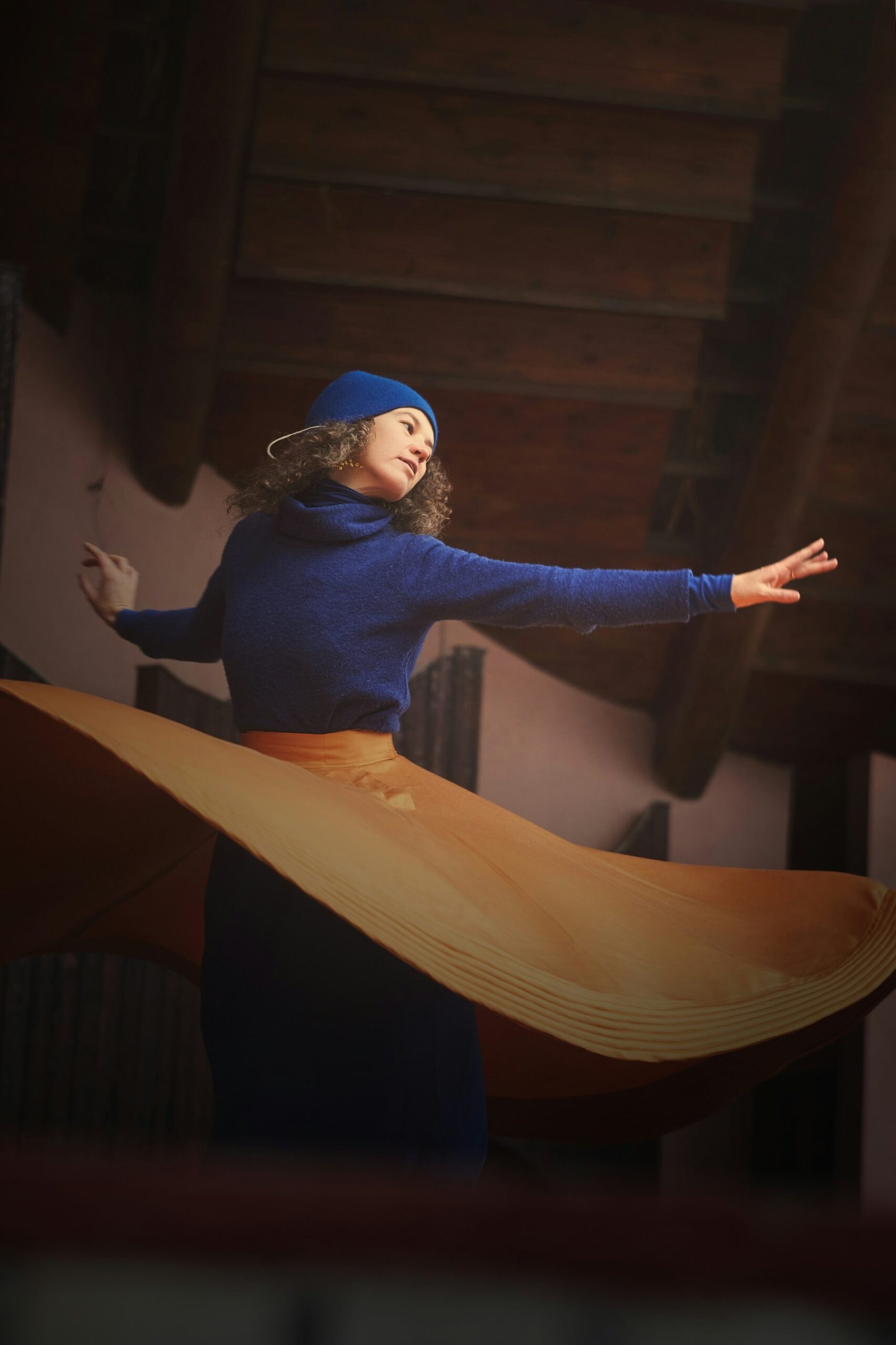


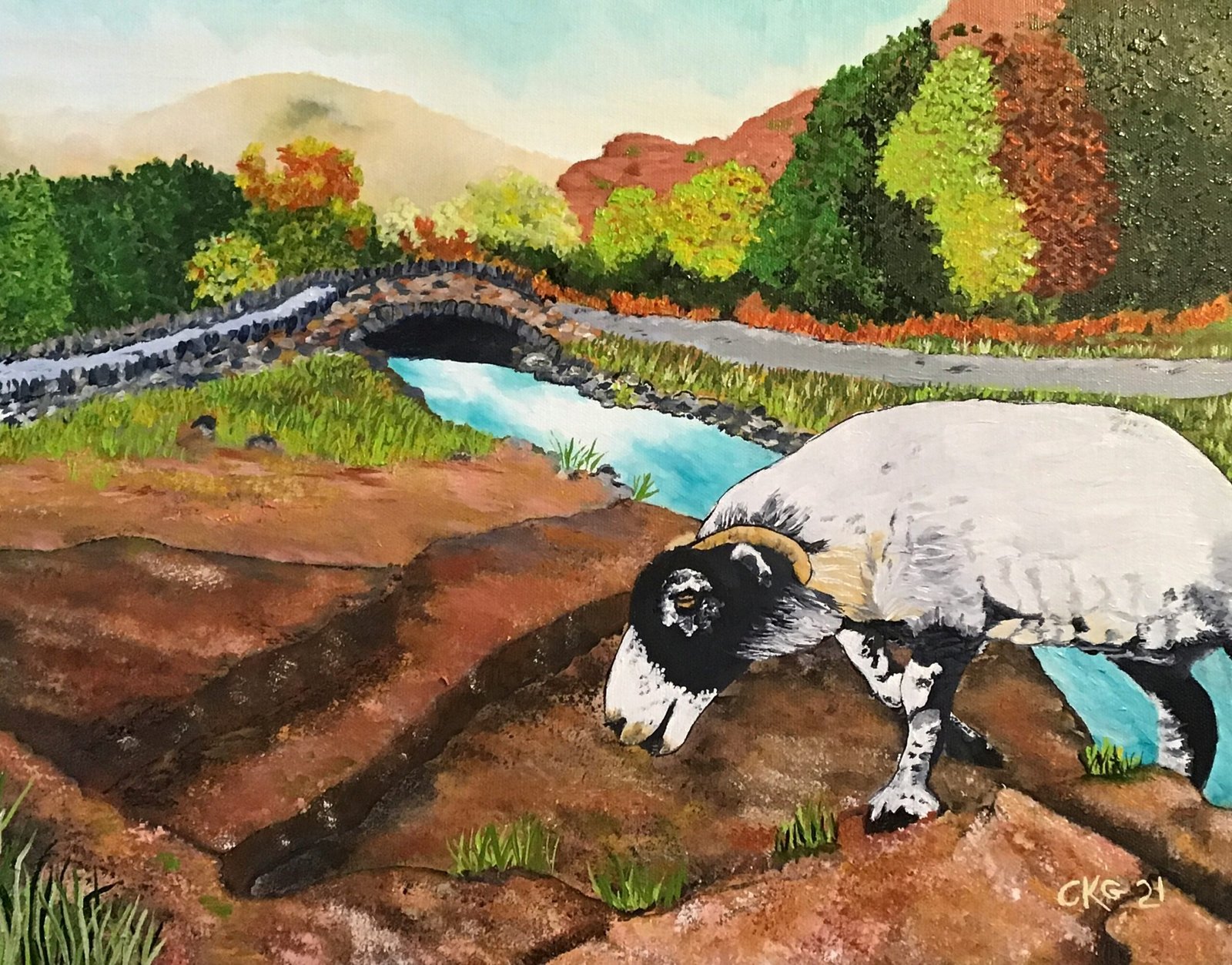
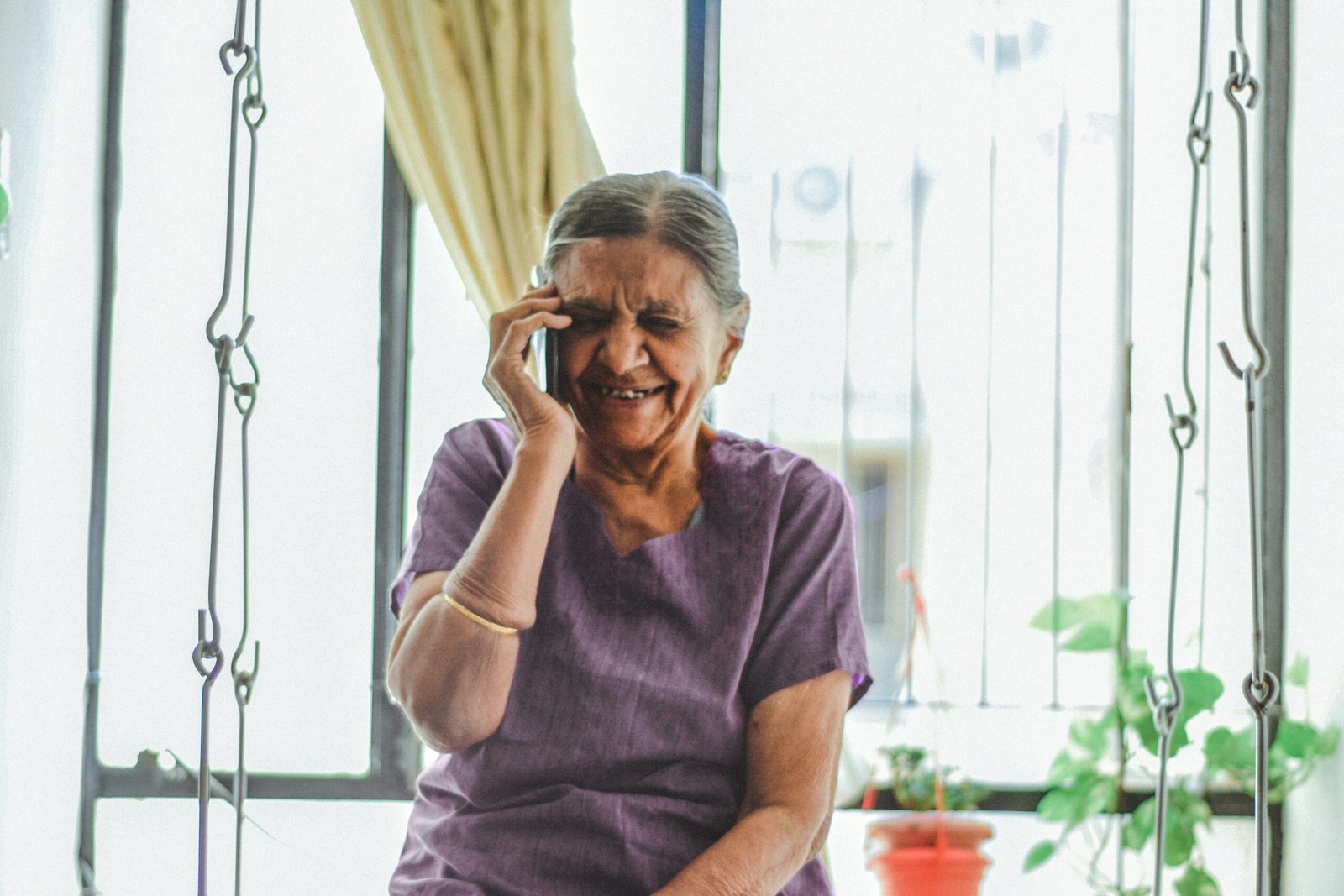
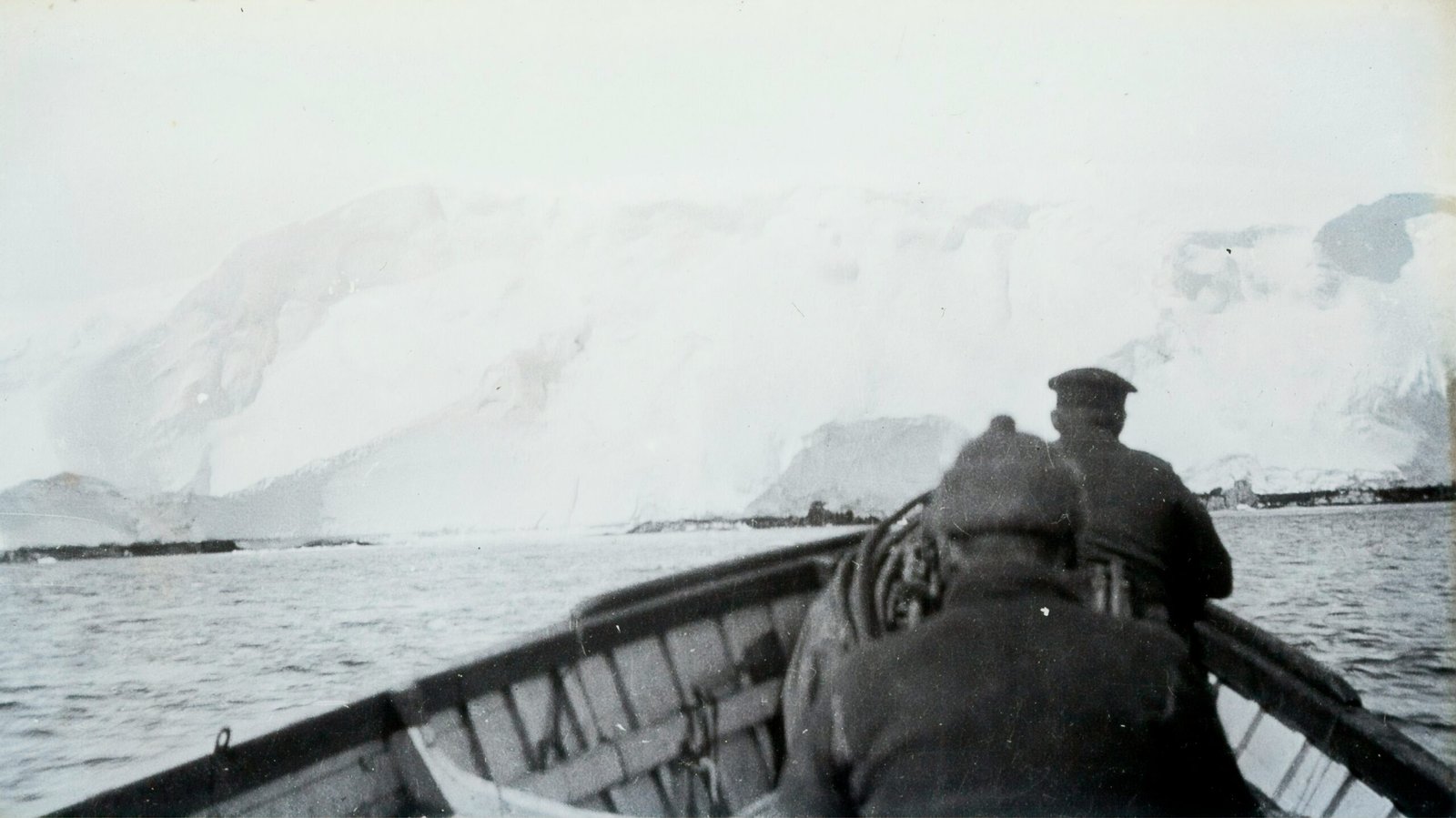




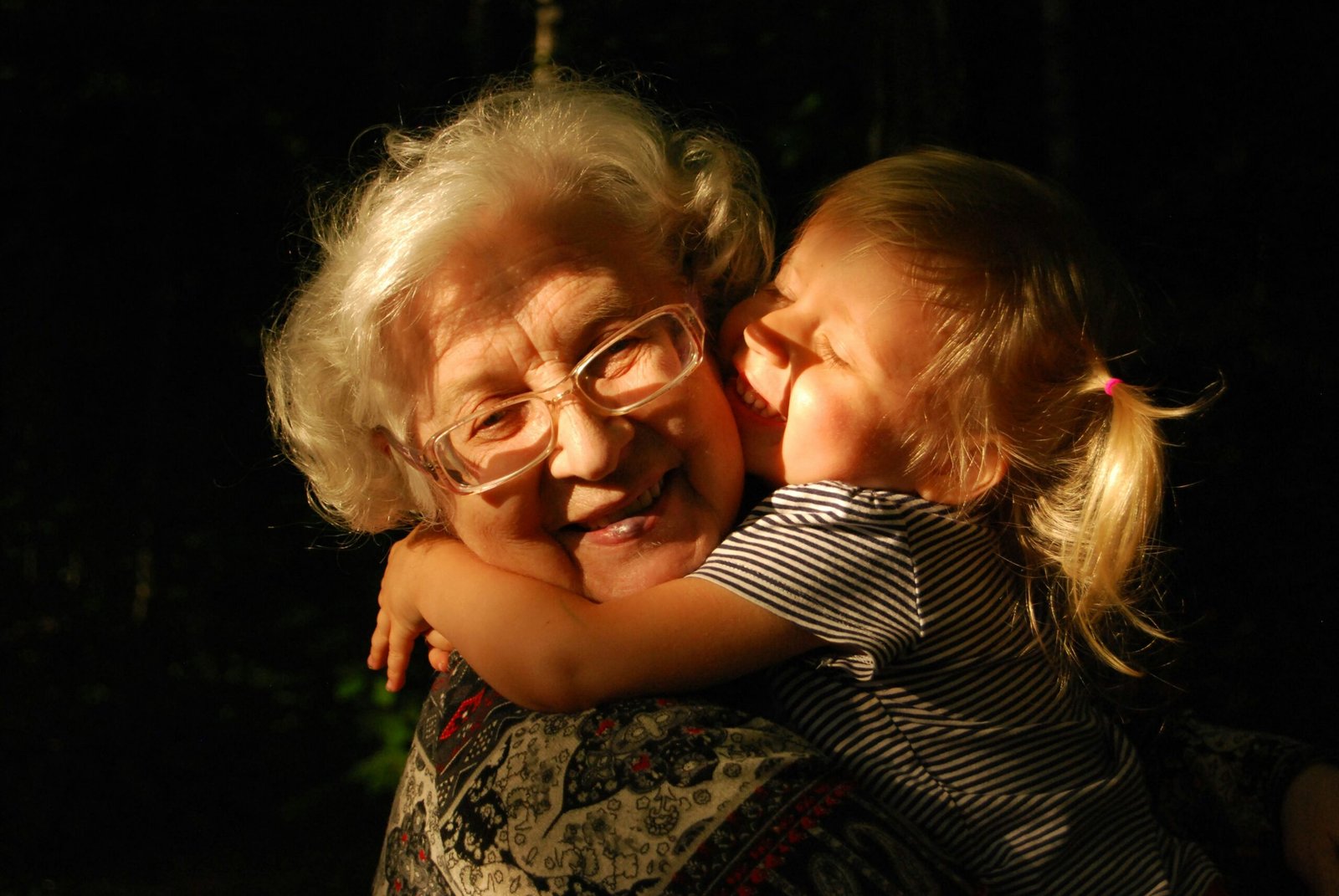





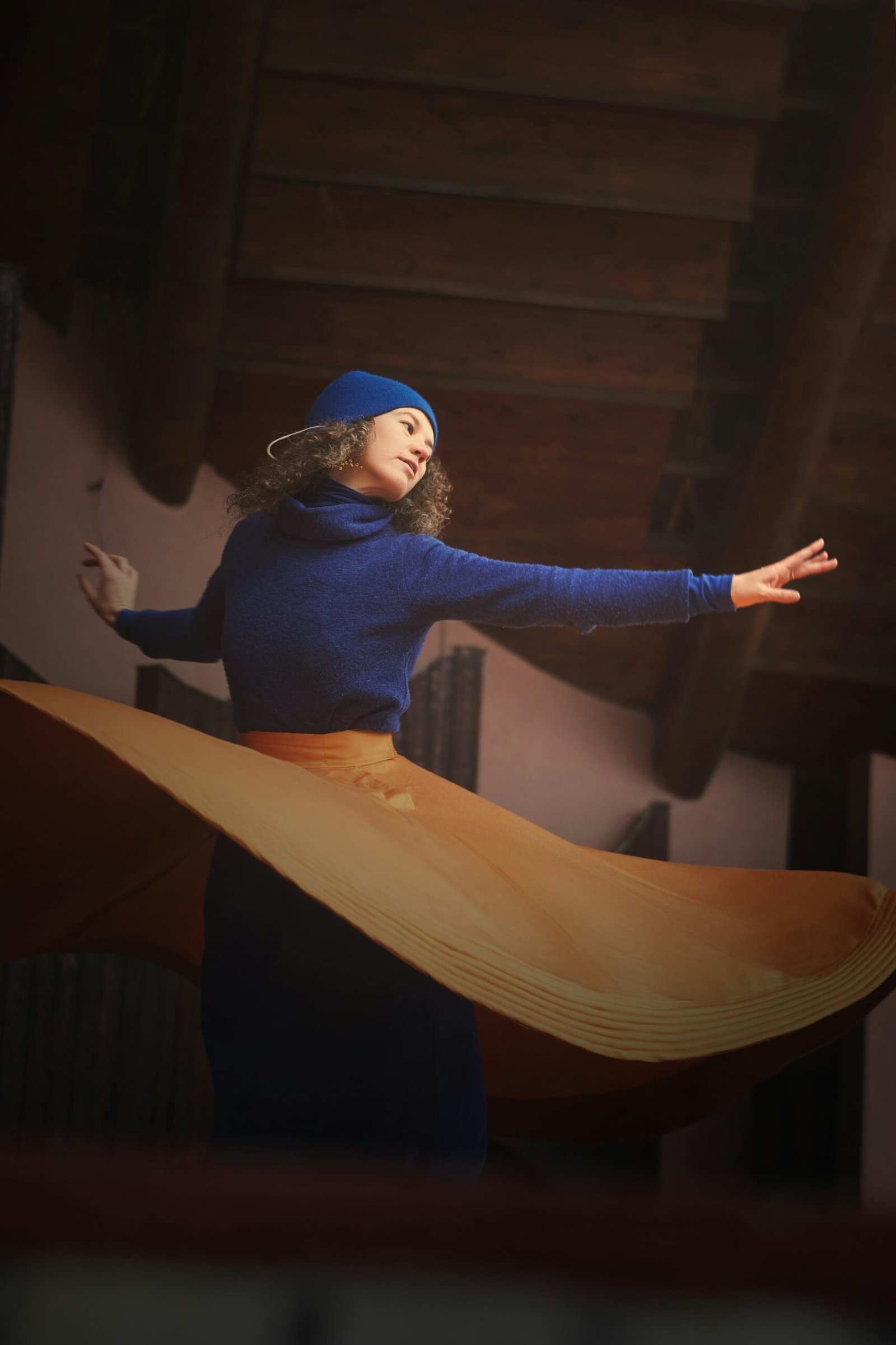

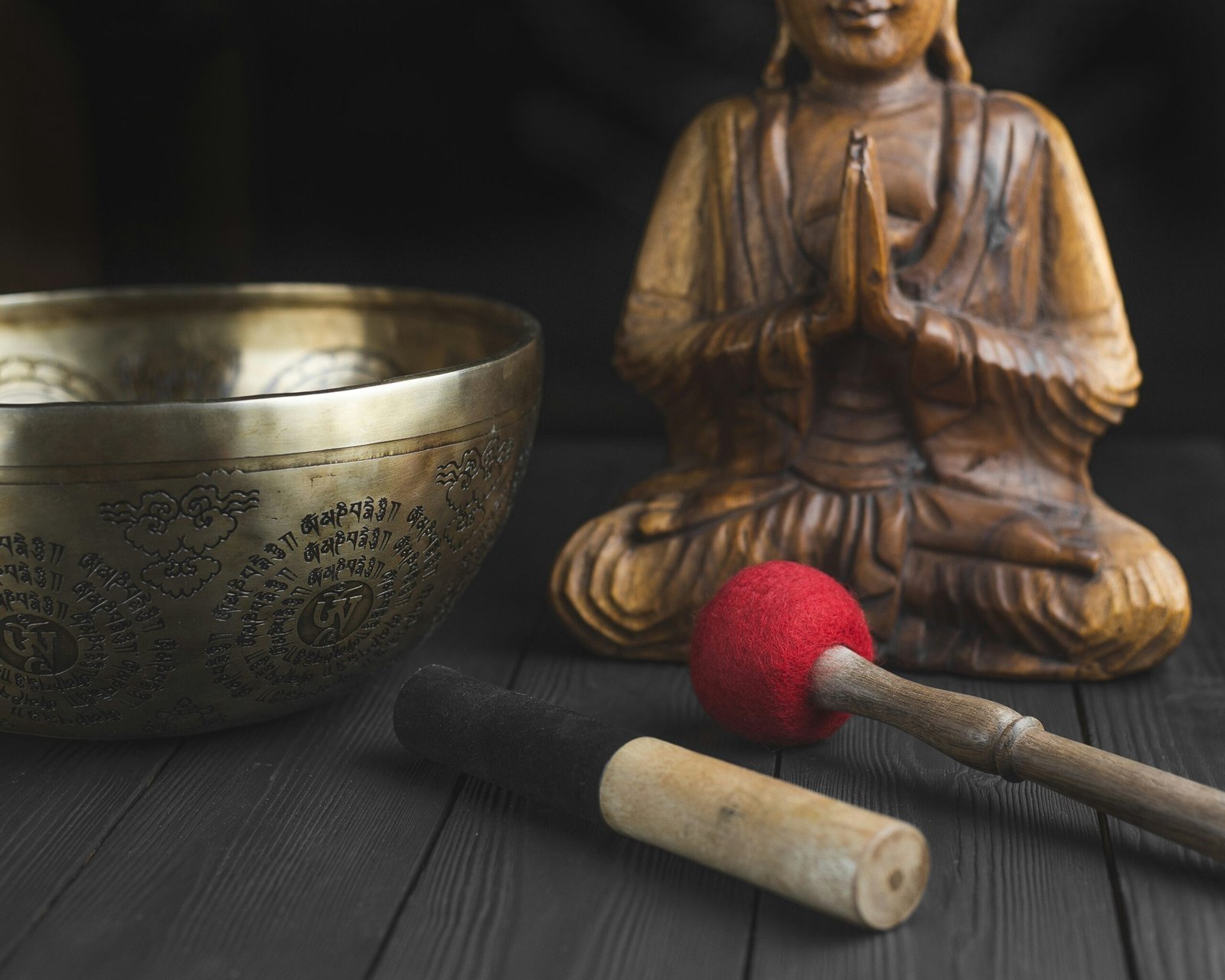
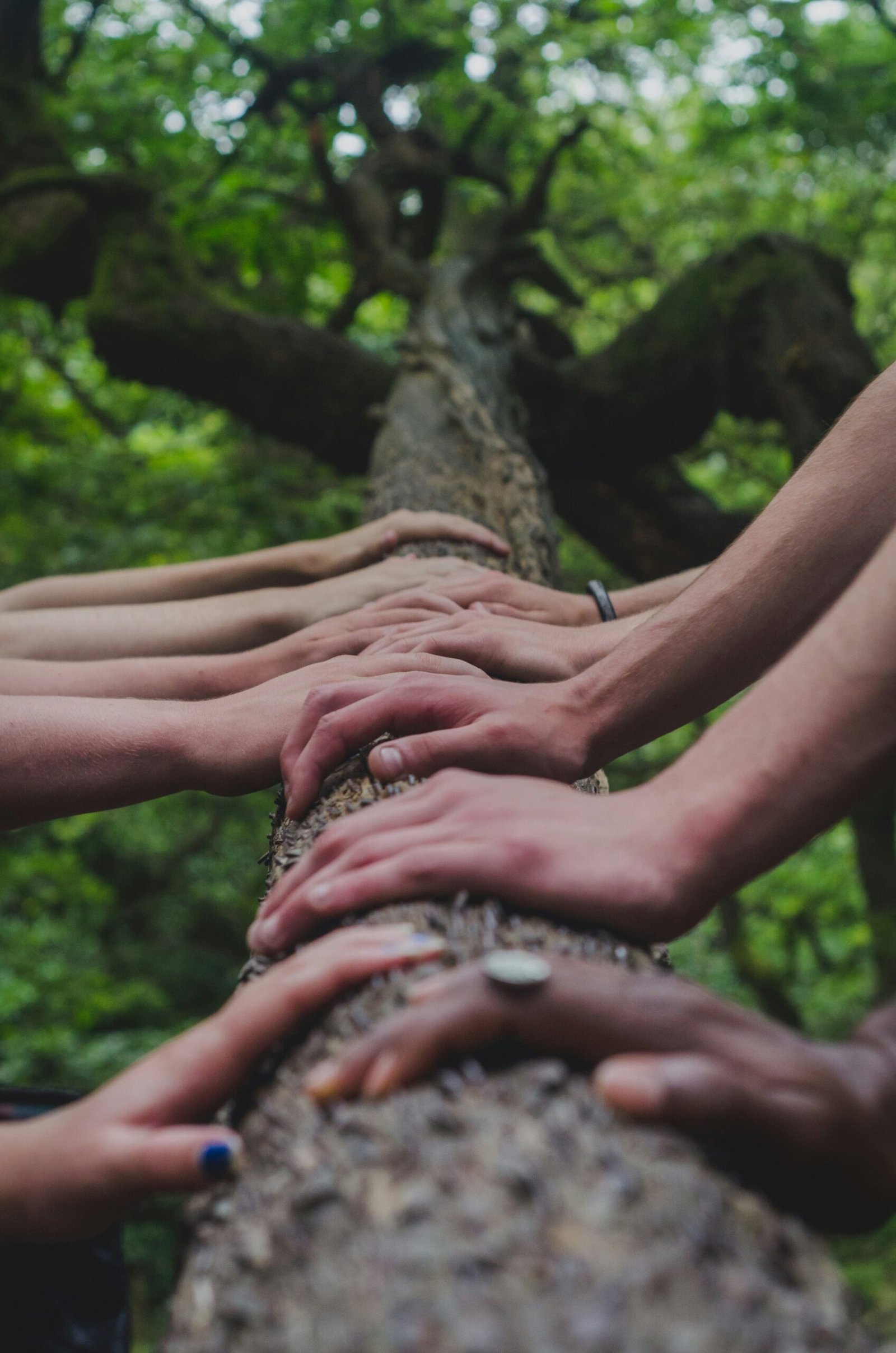
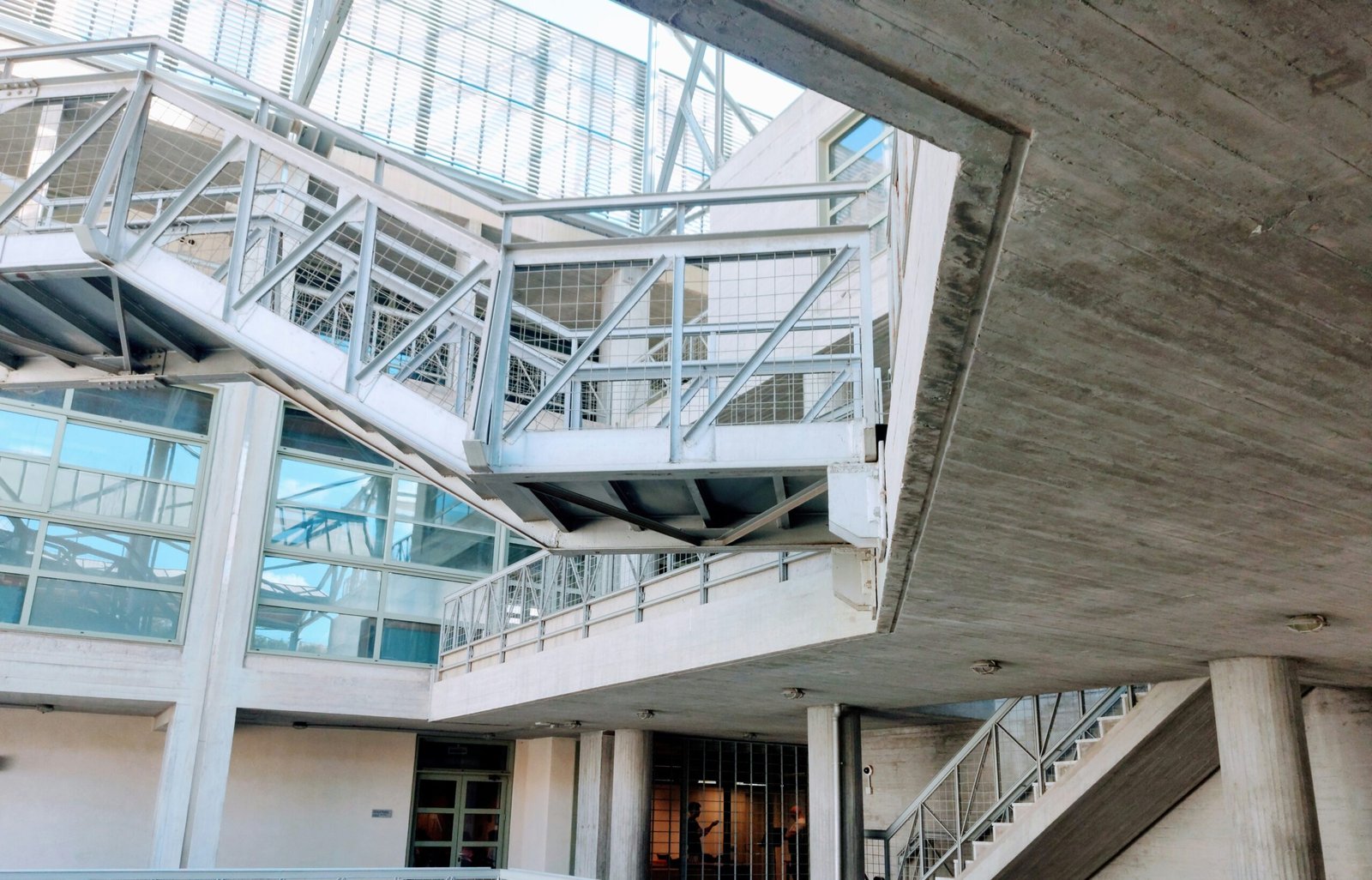

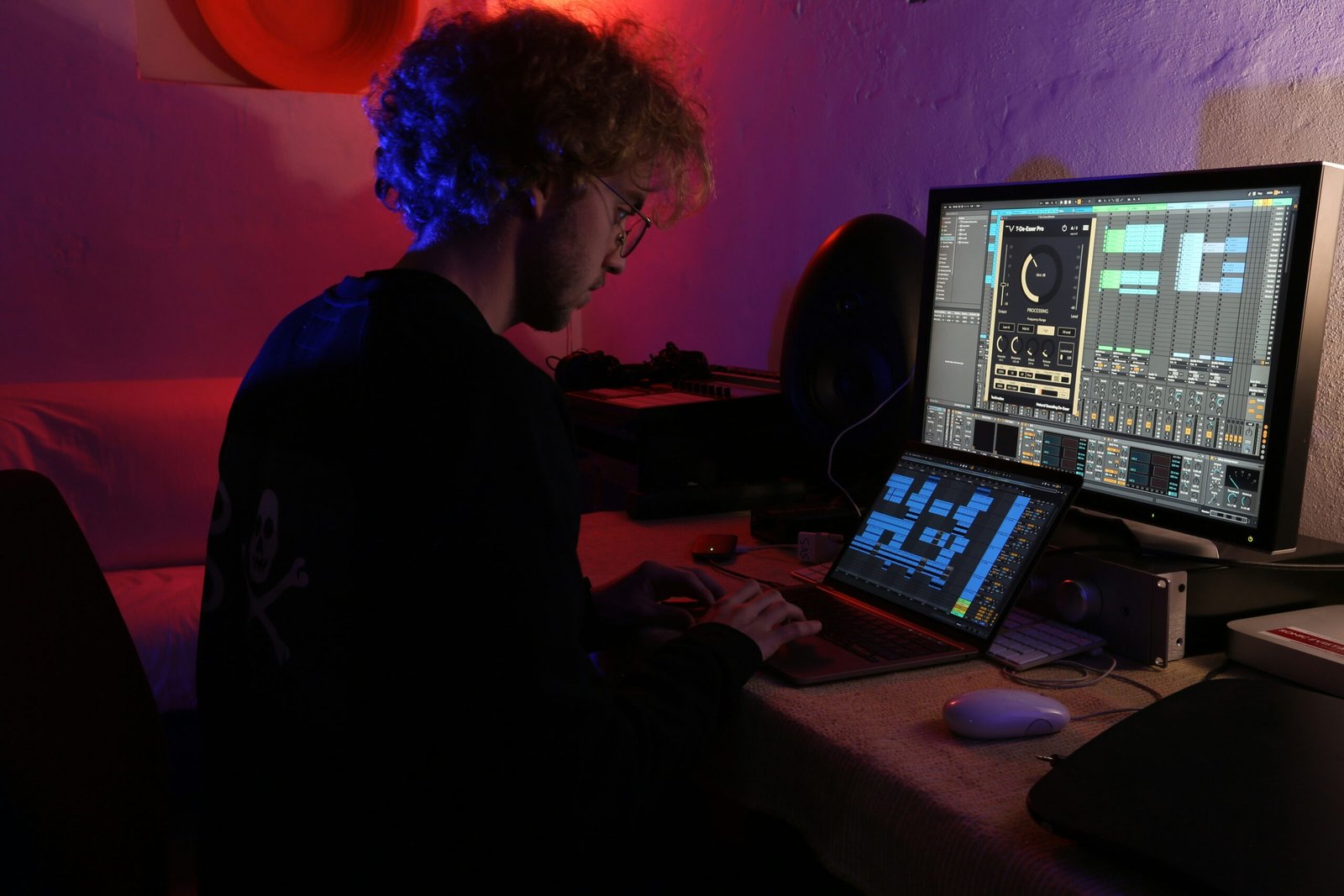
No Comments
Leave a comment Cancel